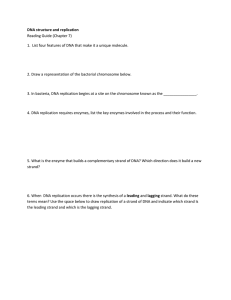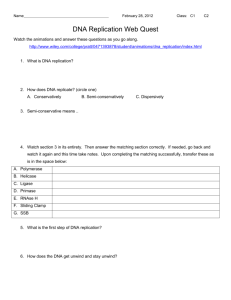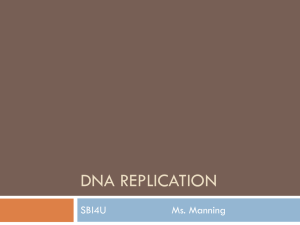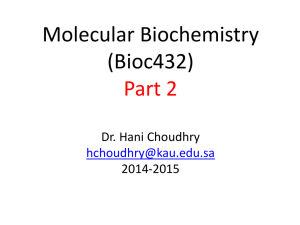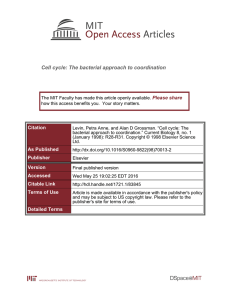Essays for Chapters 14-16
advertisement
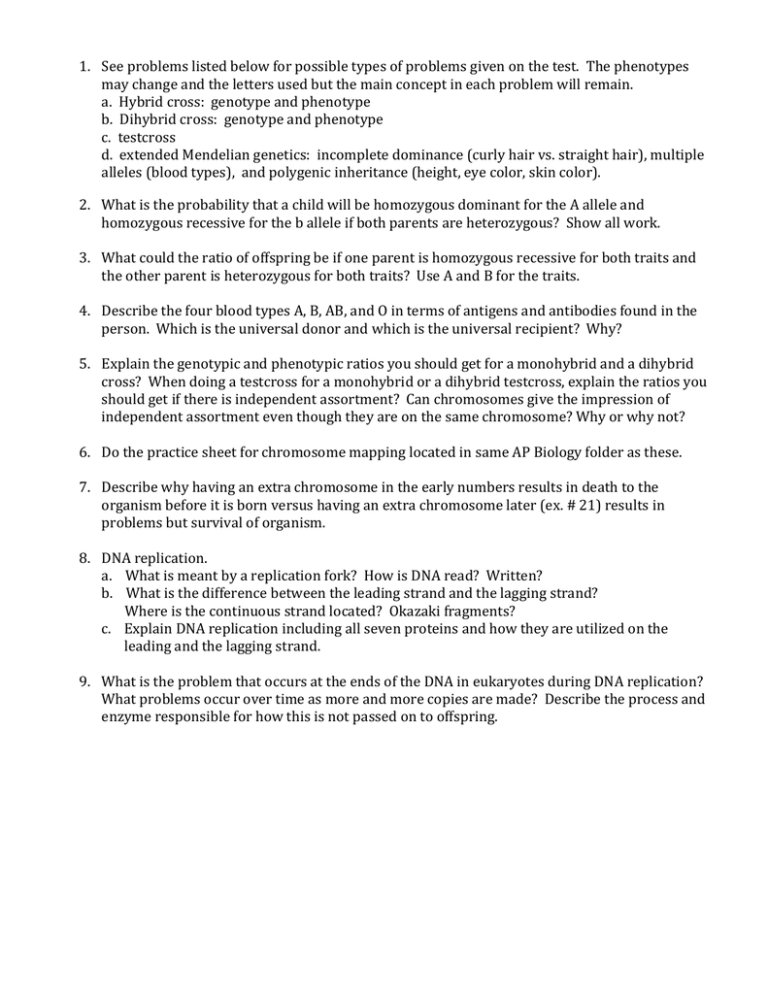
1. See problems listed below for possible types of problems given on the test. The phenotypes may change and the letters used but the main concept in each problem will remain. a. Hybrid cross: genotype and phenotype b. Dihybrid cross: genotype and phenotype c. testcross d. extended Mendelian genetics: incomplete dominance (curly hair vs. straight hair), multiple alleles (blood types), and polygenic inheritance (height, eye color, skin color). 2. What is the probability that a child will be homozygous dominant for the A allele and homozygous recessive for the b allele if both parents are heterozygous? Show all work. 3. What could the ratio of offspring be if one parent is homozygous recessive for both traits and the other parent is heterozygous for both traits? Use A and B for the traits. 4. Describe the four blood types A, B, AB, and O in terms of antigens and antibodies found in the person. Which is the universal donor and which is the universal recipient? Why? 5. Explain the genotypic and phenotypic ratios you should get for a monohybrid and a dihybrid cross? When doing a testcross for a monohybrid or a dihybrid testcross, explain the ratios you should get if there is independent assortment? Can chromosomes give the impression of independent assortment even though they are on the same chromosome? Why or why not? 6. Do the practice sheet for chromosome mapping located in same AP Biology folder as these. 7. Describe why having an extra chromosome in the early numbers results in death to the organism before it is born versus having an extra chromosome later (ex. # 21) results in problems but survival of organism. 8. DNA replication. a. What is meant by a replication fork? How is DNA read? Written? b. What is the difference between the leading strand and the lagging strand? Where is the continuous strand located? Okazaki fragments? c. Explain DNA replication including all seven proteins and how they are utilized on the leading and the lagging strand. 9. What is the problem that occurs at the ends of the DNA in eukaryotes during DNA replication? What problems occur over time as more and more copies are made? Describe the process and enzyme responsible for how this is not passed on to offspring.


